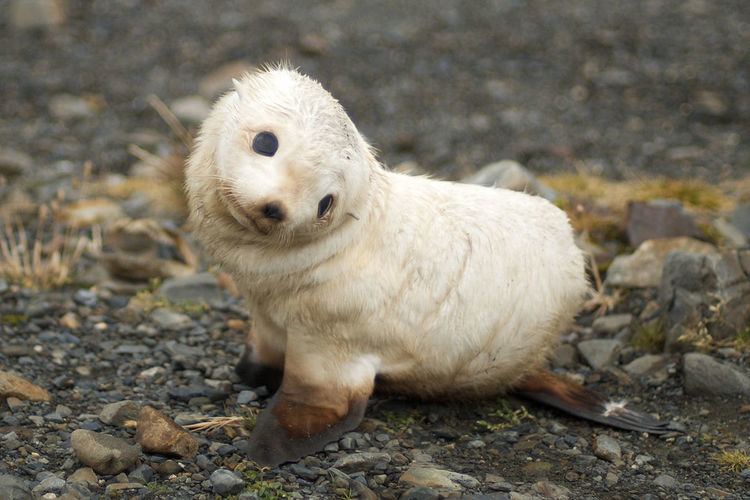 | ||
This is a list of the native wild mammal species recorded in Antarctica. There are 23 mammal species in Antarctica, all of which are marine. Three of these species are considered to be endangered, one to be vulnerable, eight are listed as data deficient and one has not yet been evaluated. Domesticated species, such as the dogs formerly present, are not included.
The following tags are used to highlight each species' conservation status as assessed by the IUCN:
Superorder Laurasiatheria
Order: Carnivora (carnivorans)
There are over 260 species of carnivorans, the majority of which feed primarily on meat. They have a characteristic skull shape and dentition. The southern elephant seal is believed to be the largest carnivoran of all time; bulls typically weigh 2,200 to 4,000 kilograms (4,900 to 8,800 pounds). The lobodontine seals comprise about 80% of the global biomass of pinnipeds, a reflection of the high productivity of the Southern Ocean; all have circumpolar distributions surrounding Antarctica and breed on pack ice or shore-fast ice. Antarctic fur seals and southern elephant seals, in contrast, while doing much of their feeding at the edge of the continent, breed on subantarctic islands, such as South Georgia. Warmblooded prey makes up a significant proportion of the leopard seal's diet, and is occasionally taken by Antarctic fur seals.
Order: Artiodactyla (even-toed ungulates and cetaceans)
Infraorder: Cetacea (whales, dolphins and porpoises)
The infraorder Cetacea includes whales, dolphins and porpoises. They are the mammals most fully adapted to aquatic life with a spindle-shaped nearly hairless body, protected by a thick layer of blubber, and forelimbs and tail modified to provide propulsion underwater. Their closest extant relatives are the hippos, which are artiodactyls, from which cetaceans descended; cetaceans are thus also artiodactyls.
The hunting of baleen whales in the vicinity of Antarctica began around 1904, with the establishment of a whaling station on South Georgia. Hunting of blue whales was banned in 1966, and finally brought under control in the 1970s. By that time the blue whale population had been reduced to 0.15% of its original size. Whaling for other species in the Southern Hemisphere was banned in 1976. Numbers have recovered somewhat since, but the largest species remain endangered.
